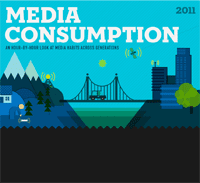5 Social Media Marketing Tips to Increase User Engagement
If you keep up with social media marketing news, you already know that if Facebook were a country, its 800 million users would make it the third most populous nation in the world. And, besides being the largest social network in the world (by far), it’s now the most popular website in the U.S., consistently…





